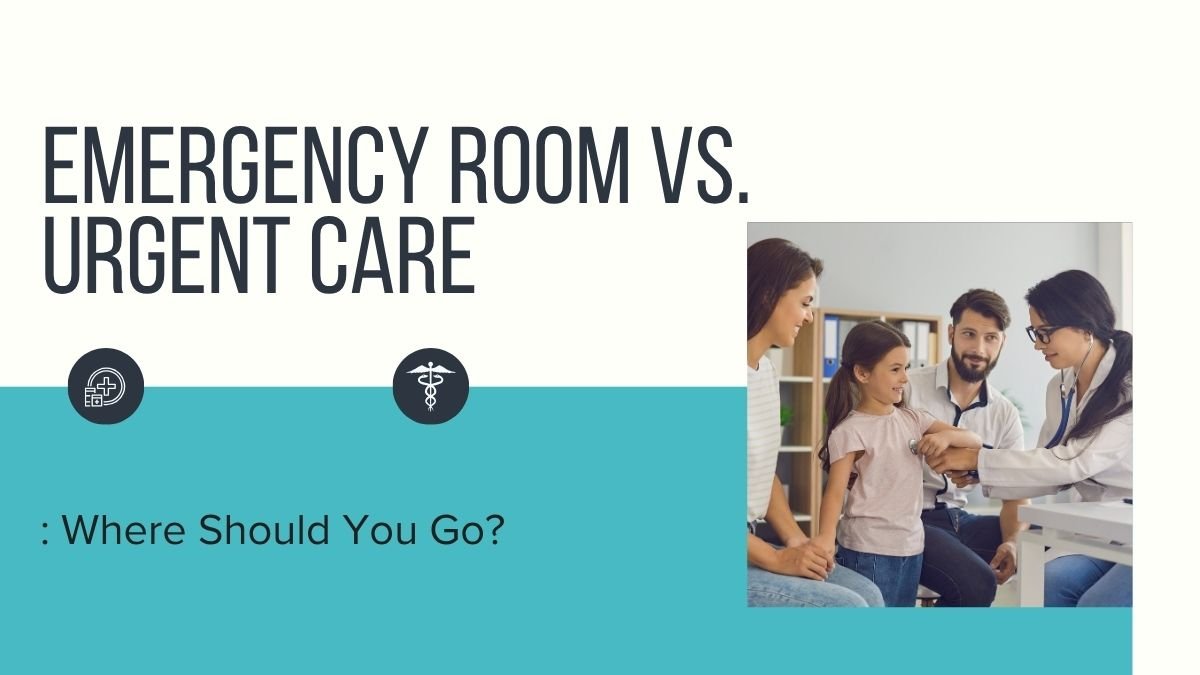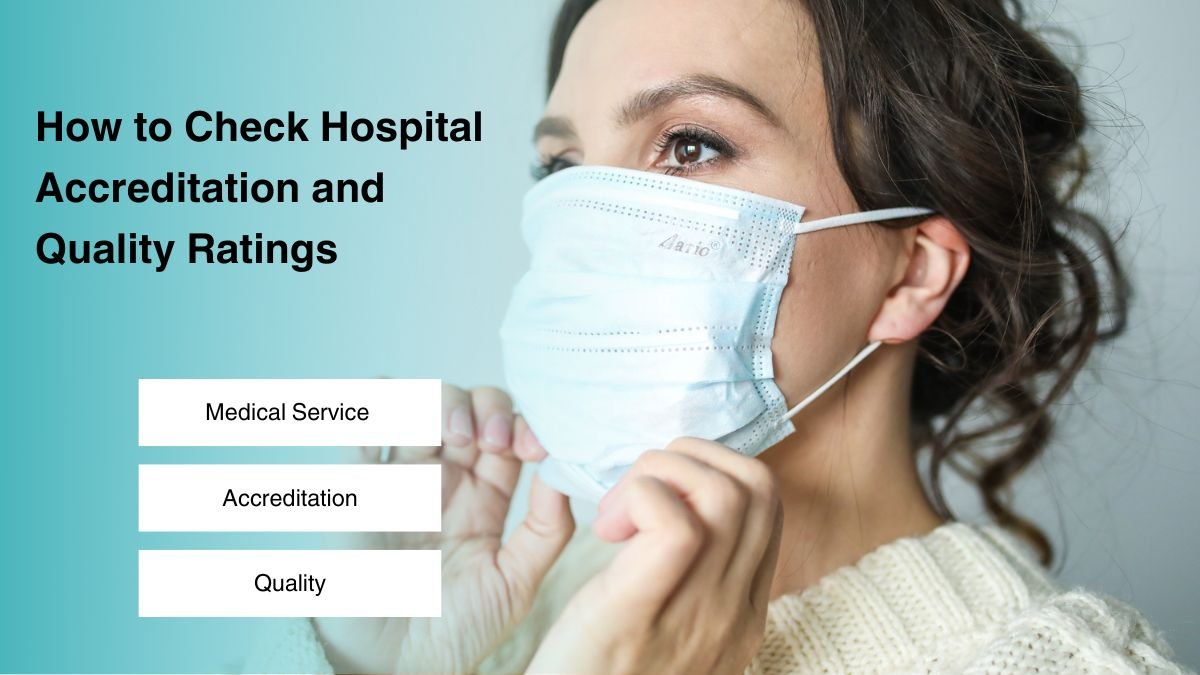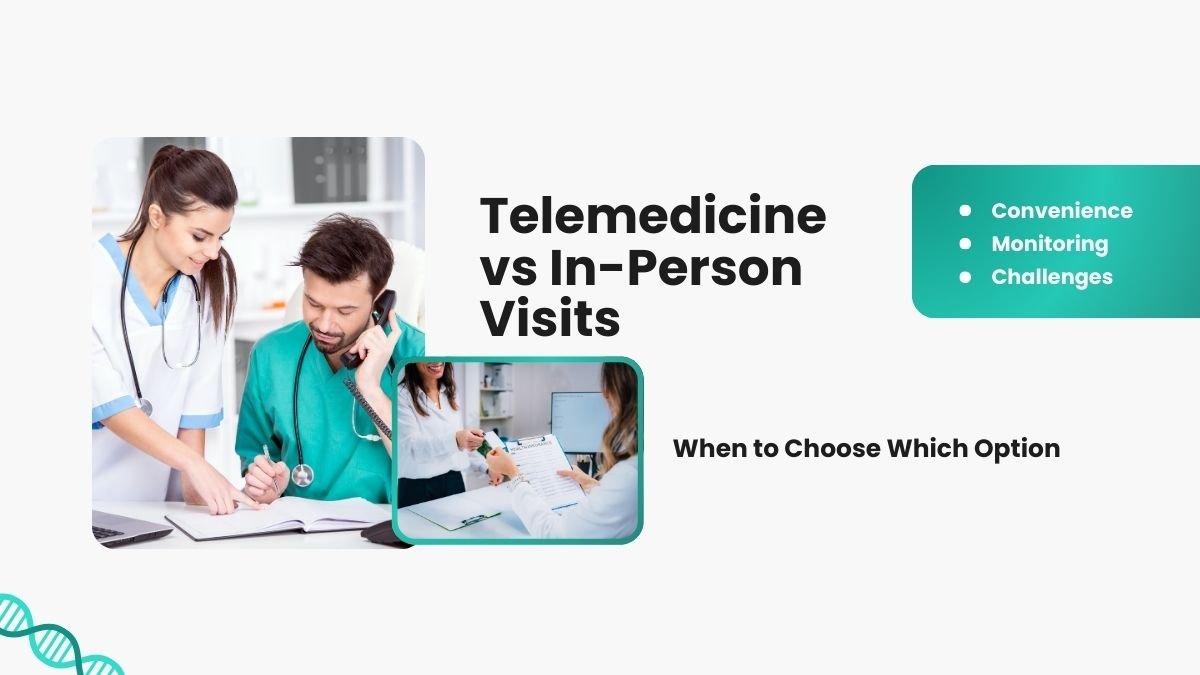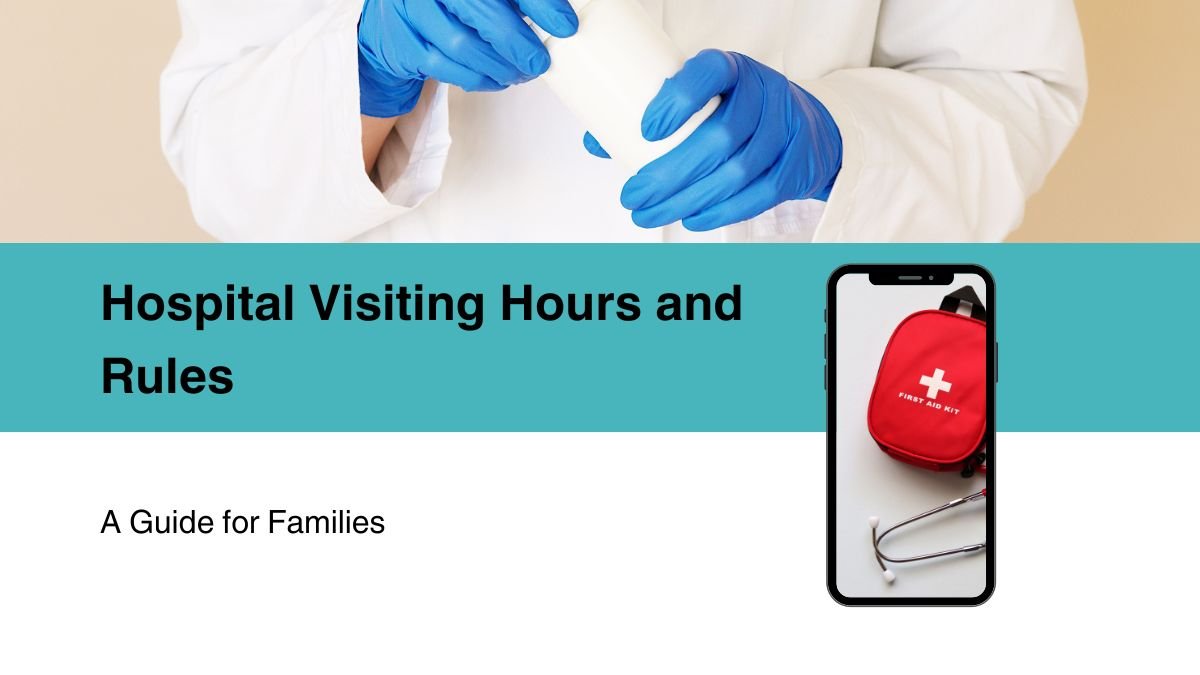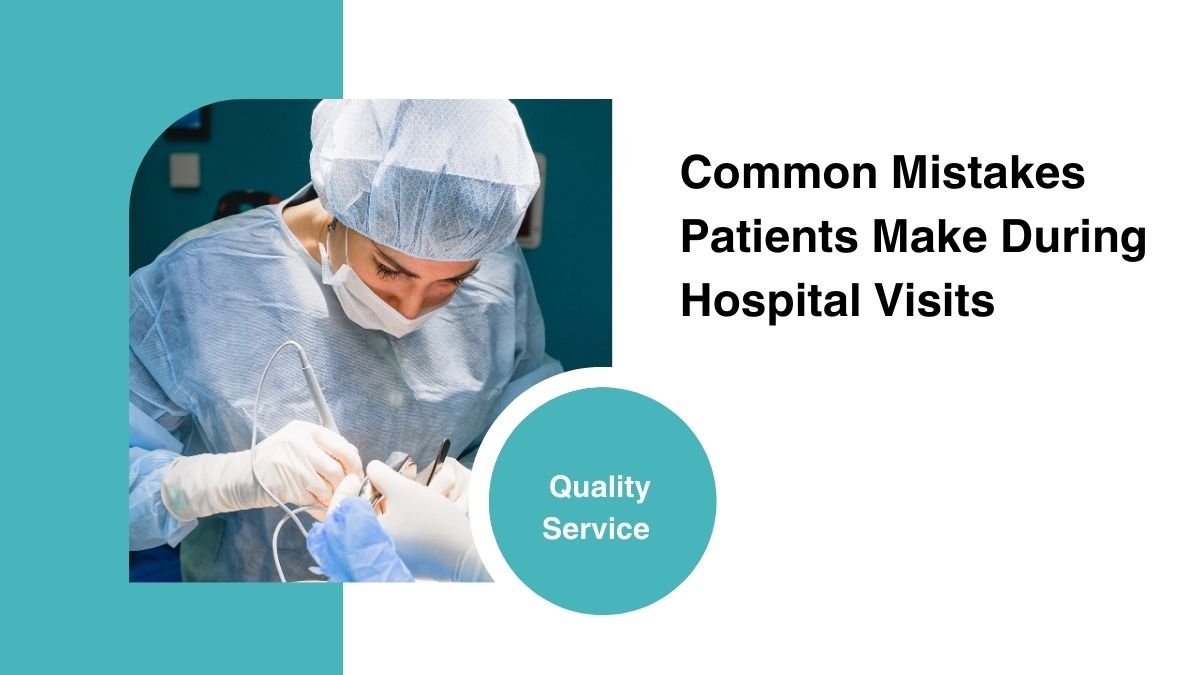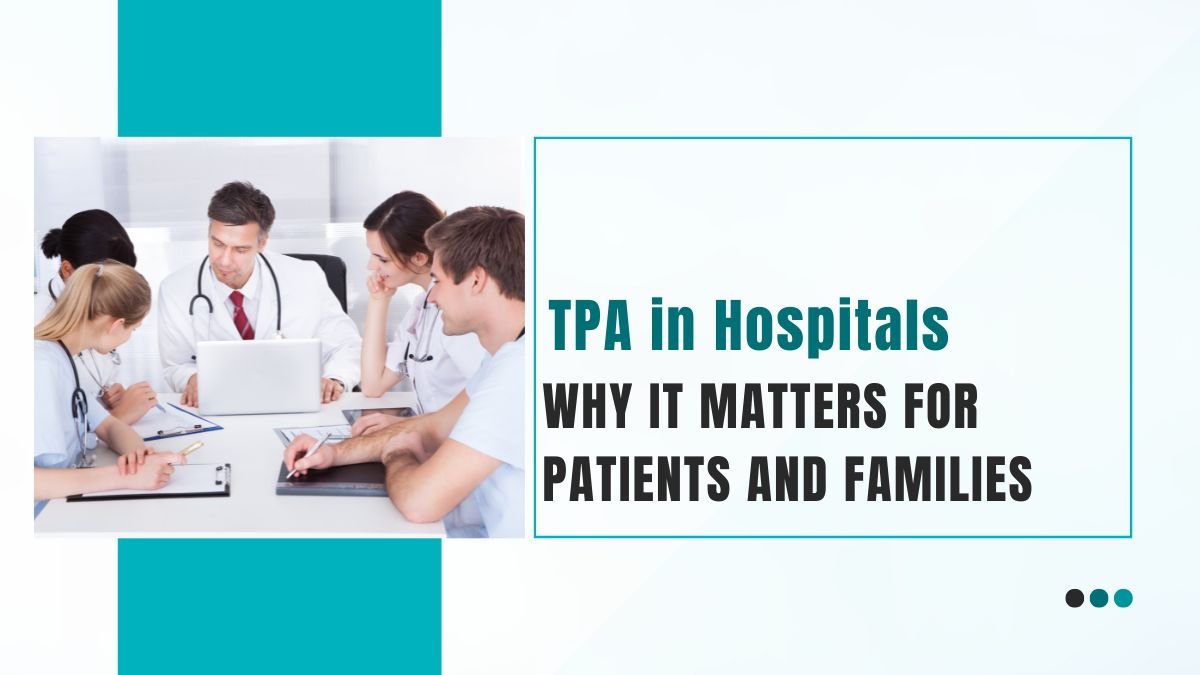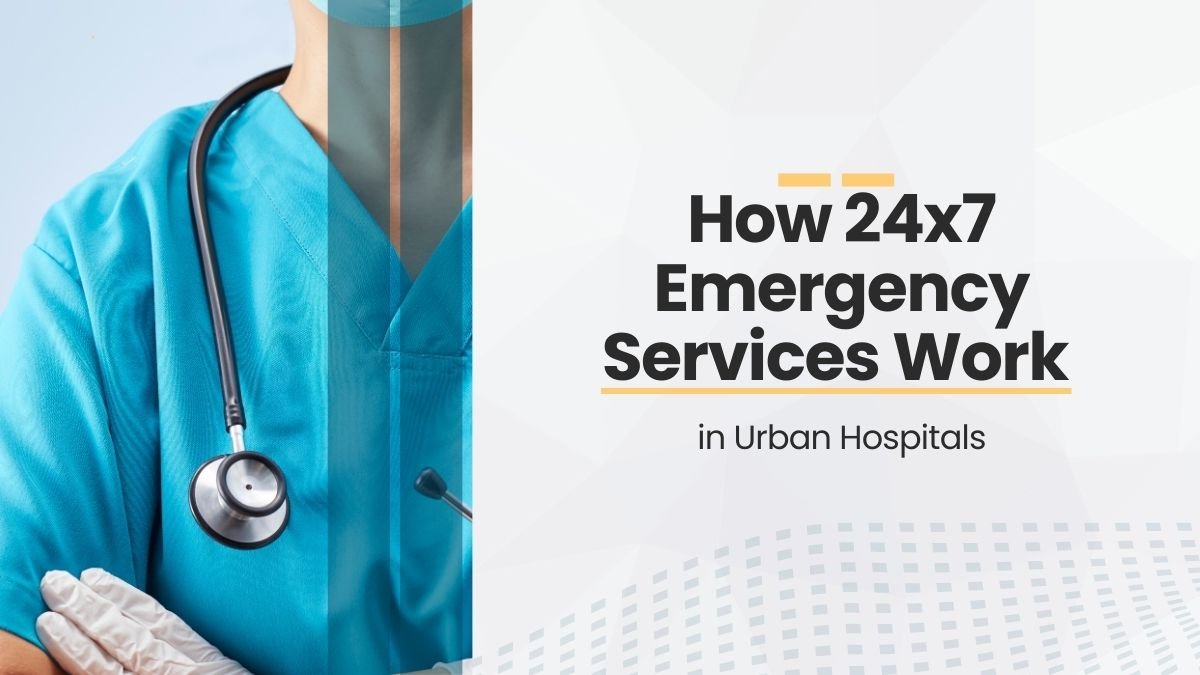How to choose a hospital: A simple and reliable guide
Choosing a hospital is not just about the big building, the shiny lobby or the famous name. This decision is about your health, your pocket and your family’s peace of mind. To make the right choice, it is important to examine some basic things with a calm mind, so that unnecessary complications do not arise as soon as the treatment begins and the entire process remains safe and transparent.
The real picture of quality and safety
The quality of a hospital is determined not by its promises but by its results. Find out how many infections occur after surgery, how often patients are readmitted, what is the success rate of critical cases and how fast is the response in emergencies. Ask for quality reports, patient safety policies and infection statistics on the hospital’s website. If the answers are vague or a written policy is not shared, it is a warning sign. Also ask about the case volume and outcomes of the department where you are going to get treatment in the past year, as more experience often equates to better results.
Accreditations and speciality certifications
Accreditations are testimony to being compliant with the standards set by hygiene, safety of medicine use, blood banks, operation theatres, and emergency preparedness. Patients can look for specifics such as heart, cancer, stroke, neonatal, and orthopaedic treatment, while specialist certifications and team experience are metrics that can make one choose a particular institution for care. Also find out which senior specialists are regularly present in the team and what the on-call arrangements are at night.
Patient experience and culture of care
Online reviews are indicative, but look beyond them to look at the culture of care. Check the patient-to-nurse ratio, as too few nurses can affect medication, monitoring and pain management. Take a brief visit to the ward. Are hand sanitising stations available, is waste segregated properly, are bathrooms clean, and do staff address patients politely by name? Also look at the hospital’s response to complaints. Respectful language and timely resolution are signs of a good system.
Scope of services and your needs
Not every hospital does everything excellently. Some focus on general surgery and delivery, while others focus on heart, neuro or cancer. Be clear on your primary need. For emergencies, 24-hour CT scan, ICU, cardiac monitoring, blood bank and experienced critical care team are a must. For planned surgeries, look at the availability of operation theatres, experience of the anesthesia team, pain management, physiotherapy and post-op care. For cases with long follow-ups, check the OPD schedule, average waiting time and days to get the report.
Location, accessibility and emergency preparedness
Don’t measure distance from home only in kilometres. Factors like traffic time, availability of ambulances at night, parking, nearest bus or metro station are also important. Families with elderly or small children should choose a hospital that can be reached within fifteen to twenty minutes. For a very special procedure, travelling far is fine, but for day-to-day follow-ups, a nearby option may be more practical.
Clarity on insurance, packages and costs
First, confirm that the hospital accepts your insurance or corporate panel. Get the time of pre-authorization for cashless, the required documents and what is included in the package in writing. Do not be convinced by the package. Often special implants, certain medicines, extra ICU time, consumables or extra doctor visits are excluded. It is a good practice to look at the interim bill every day, so that there are no surprises on the day of discharge. If you do not have insurance, get written estimates from two or three hospitals and compare them and ask clear questions about hidden charges.
Qualification of doctor and nursing staff
It is people who treat, not buildings. Know the education, board certification, fellowship and experience of the concerned specialist. Ask how many patients with a condition like yours they see in a year. Also look at the training of the nursing staff, regular skill updates and language availability. Who does the pre-anesthetic assessment, how quickly senior consultants are available on night shifts, and what is the coverage of critical care, all this is directly related to safety.
Technology, hygiene and infrastructure
More than a long list of equipment, its maintenance and correct use matters. Find out how quickly radiology reports are received, what is the lab’s quality control system, how infection control standards are applied in the operation theatre. During your visit, keep an eye on the flooring, linen, toilets, waste disposal. If the hospital clearly explains things like antibiotic use policy, hand hygiene rules and modular OT, then assume that it takes infection and drug resistance seriously.
Convenience, support services and post-discharge support
An online appointment service, an integrated pharmacy, and diagnostics, an online report copy, wheelchairs and stretchers, different counters, lactation consultation, palliative care, counseling and nutrition advice-all were reduced in stress. You are discharged, and you return home for care, nursing visits, or physiotherapy. This speeds up your recovery and eases it. Take a written summary of medication instructions, dressings, warning signs that should not be ignored, and follow-up dates.
Second opinion and transparency
It is wise to take a second opinion before major surgery or expensive treatment. A good hospital does not prohibit this and shares your reports in a systematic manner. There should be concern about a centre which presses for a hasty decision, does not give a clear breakdown of costs or evades questions.
Teaching hospital or private super-speciality
Teaching hospitals have strong experience and research on complex cases, but can be crowded. Private centres are convenient, but can cost more. Choose based on the complexity of the case, the speed of treatment required, and your budget.
Red flags to look out for
- Dirty wards or toilets
- Ignorance of hand hygiene
- Repeated unclear charges on bills
- Pressure to buy only from your pharmacy
- Too little time to meet the doctor
- No formal channel for complaints
If you see these signs, look for alternatives.
Final summary
Be Clear on Your Needs and Budget, Make a Shortlist of Three or Four Hospitals, Ask Similar Questions of Each, and Take Notes for the Answers. Either a couple of brief visits or some extended phone call conversations will really start to create a clear picture. It is an absolute right to seek correct information, while it is an obligation on the part of the hospital to give clear answers. As you carefully weigh all those factors-quality, safety, affordability, accessibility human care-and balance them, the hospital that comes to be is the one that will suit your health and convenience for your family the best. This informed choice makes the entire treatment journey simple, safe and respectful.
